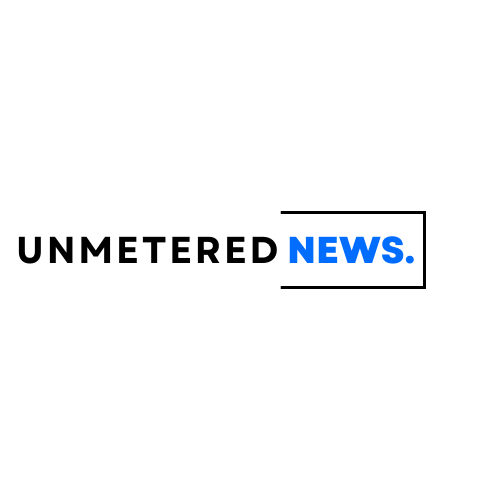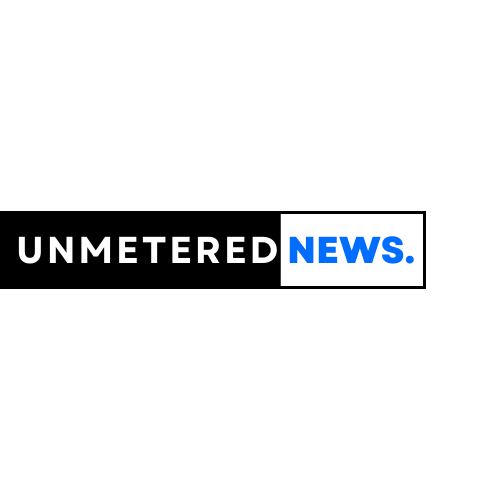- Home
- Advertise With us
- World News
- Tech
- Entertainment
- Travels & Tours
- Contact US
- About us
- Privacy Policy
Top Insights
Policy windows and criminal justice reforms: a Multiple Streams Framework analysis

by George Wenzelburger

In a recent article published in Policy & Politics, Georg Wenzelburger explores how a landmark criminal justice reform in Virginia during the 1990s combined apparently contradictory approaches to sentencing—and why that matters today.
The reform in question abolished parole and sharply increased sentences for violent offenders—hallmarks of a “tough on crime” agenda. But, surprisingly, it also introduced data-driven risk assessments to help divert non-violent offenders away from prison. This mix of punitive and preventative measures was unusual for the time and has since played a key role in the rise of more measured, evidence-informed criminal justice reforms in the United States.
Understanding reform through the Multiple Streams Framework
Wenzelburger applies the policy theory Multiple Streams Framework to analyse how this unlikely policy mix came about. This approach helps explain how problems, politics and possible solutions interact to shape government decisions—especially when political actors seize opportunities during so-called “policy windows.”
In Virginia, the policy window opened in the early 1990s when rising crime rates, high-profile media stories, and public concern aligned with the election of a governor who campaigned on law and order. At first glance, the result seemed predictable: abolish parole and increase sentences. However, the author shows that the political process—particularly behind-the-scenes negotiations between Republican and Democrat leaders—created space for more progressive elements to be included in the final legislation.
The influence of political negotiation and expert advice
The final reform package was shaped by bargaining between a Republican governor and a Democrat-controlled legislature. While the governor’s commission focused on eliminating parole and increasing punishment, a parallel legislative commission, supported by criminal justice experts, proposed alternative sanctions for non-violent offenders. These included using risk assessments to guide sentencing and introducing services to support judges in making bail decisions.
Rather than opposing the reform outright, Democrat legislators pushed to include these alternative approaches as part of a broader deal. The inclusion of these measures not only softened the harshest aspects of the bill but also addressed concerns about the cost of new prison construction and the risk of overcrowding.
Lasting legacy of a hybrid policy
While the “smart on crime” measures were a smaller part of the overall reform, Wenzelburger shows they had a significant long-term impact. Tools developed in Virginia became models for other states and helped usher in a more evidence-based approach to criminal justice. The case illustrates how even small policy changes—especially when embedded in larger reforms—can create lasting shifts over time.
This research offers a valuable reminder: political compromises can introduce innovations that outlast the original debate. And sometimes, the seeds of long-term reform are planted not in sweeping new policies, but in the quieter corners of negotiated legislation.
…
You can read the original research in Policy & Politics at
Wenzelburger, G. (2025). Policy windows and criminal justice reforms: a Multiple Streams Framework analysis. Policy & Politics 53, 2, 296-314, available from: < https://doi.org/10.1332/03055736Y2024D000000060>
If you enjoyed this blog post, you may also be interested in reading
DeLeo, R. A., and Chow, C. (2025). Testing the Multiple Streams Framework in US state legislatures. Policy & Politics 53, 1, 200-220, available from: < https://doi.org/10.1332/03055736Y2024D000000044>
van den Dool, A., and Qiu, T. (2024). Policy processes in China: a systematic review of the multiple streams framework. Policy & Politics (published online ahead of print 2024), available from: < https://doi.org/10.1332/03055736Y2024D000000038>
Schneider, J., and Fowler, L. (2024). Critical race theory, policy ambiguity and implementation: a multiple streams framework analysis. Policy & Politics 52, 2, 321-340, available from: < https://doi.org/10.1332/03055736Y2023D000000023>
Related Articles
Love What You Do — But Don’t Let It Sink Your Business. Here’s How to Stay Passionate and Profitable.
Opinions expressed by Entrepreneur contributors are their own. We’ve all heard the...
Profitable, AI-Powered Tech, Now Preparing for a Potential Public Listing
Disclosure: Our goal is to feature products and services that we think...
5 Steps to Negotiate Confidently With Tough Clients
Opinions expressed by Entrepreneur contributors are their own. If you’re a founder,...
D-Day Anniversary Brings Remembrance and Unease Among Old Allies
Defense Secretary Pete Hegseth honored the sacrifices of the soldiers who died...












Leave a comment